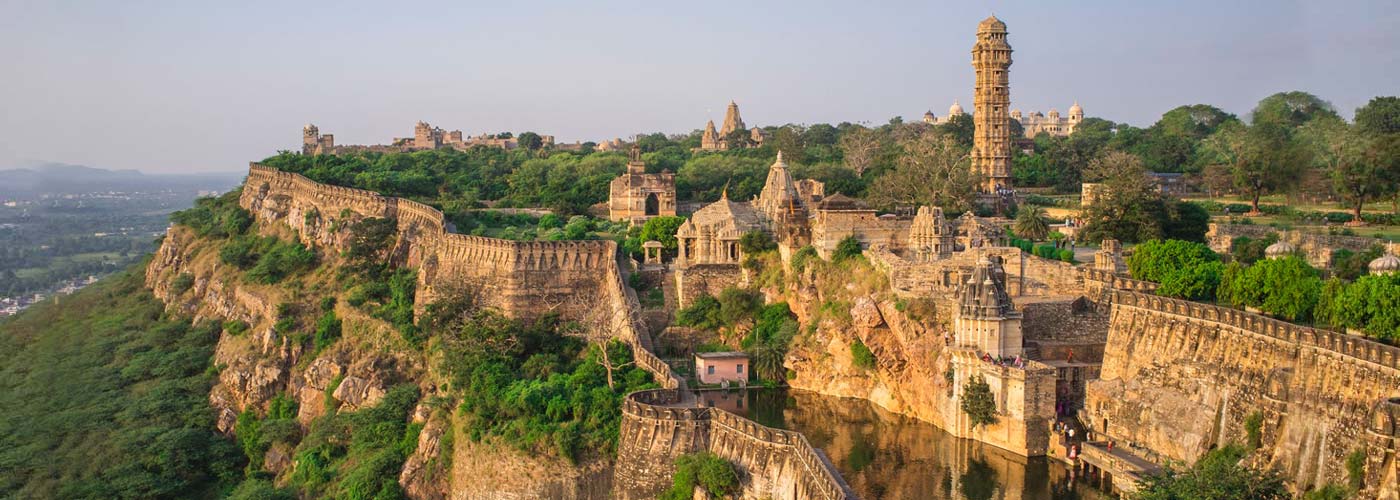Sitamata Wildlife Sanctuary
Sitamata Wildlife Sanctuary Chittorgarh is one of those epic wildlife attractions where nature coexists with religious and mythological beliefs. As per mythology, Devi Sita spent her days of exile in the deep woods with Luv and Kush, the twins born to Sita Mata and Lord Rama. And hence, the sanctuary got its name from here.
From a wildlife photographer’s perspective, Sita Mata Wildlife Sanctuary is one of those rare wild habitats where I have spotted the highest number of mammal species. The wildlife reserve is popular as the biodiversity hotspot of Rajasthan. It is home to the largest biota of the state. A wide variety of flora and fauna mark the uniqueness of this wild haven.
The sanctuary stretches over a huge area of 423 sq km. It is situated in the South-East region of Rajasthan in Chittorgarh, Pratapgarh and Udaipur District. The confluence of the ancient mountain ranges Arawallis, Vindhyas and Malwa plateau make the land highly undulated. Ancient Valmiki Ashram and Lakhiya Bhata are the places of attractions located inside the sanctuary. Drawings of prehistoric animals engraved on rocks in Lakhiya Bhata is a must-watch for history lovers.
Having the highest number of animal and plants species, Sita Mata Wildlife Sanctuary is considered one of the richest sanctuaries. Approximately 325 species of birds, 50 species of mammals, 40 species of reptiles, 30 species of fishes and 9 species of amphibians are can be spotted here. As we drive deep into the jungle, Leopards, Indian pangolin, Striped Hyenas, and four-horned Antelopes maintain the thrill. During the sunset, we can see Flying Squirrels gliding from one tree to another. Rusty-spotted Cat and Black Napped Monarch are utter beauty to see.
Sita Mata Wildlife Sanctuary is a dwelling to over 800 plant species out of which 108 species are identified as medicinal herbs. The sanctuary is covered with a tropical dry deciduous vegetation that is nourished by several freshwater bodies that flow through the jungle. It is the only forest region where more than half of the trees are Teak Salar, Tendu Peepal, Gulmohar, Amaltas, Bakayan, Mahua, Sindoor and Rudraksha.
 +91 9799050299
+91 9799050299 

